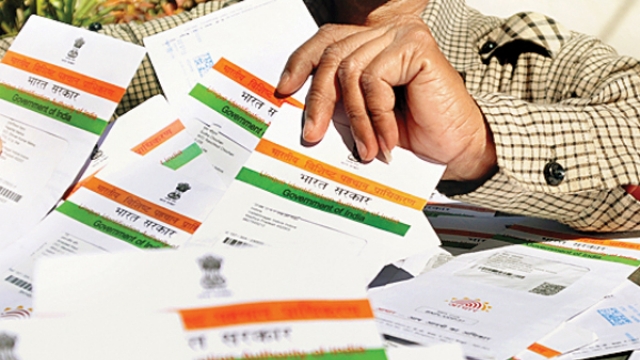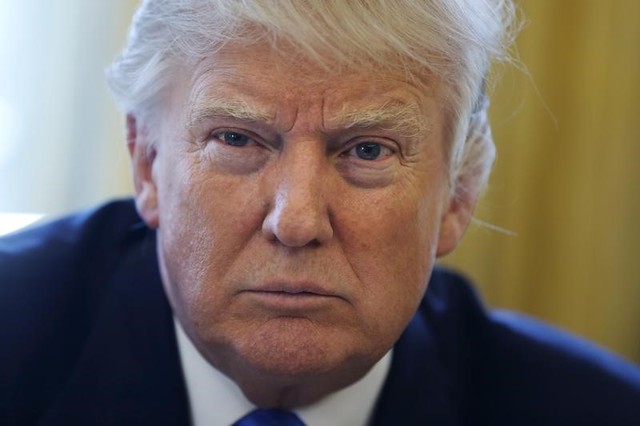After the prep session, students were organised into three groups based on their learning level, which was determined by a test held two months ago at the start of the intervention, instead of by their class. So, a standard 4 student might be in a group with standard 3 students learning to identify alphabets, ensuring that no child is left behind.
This strategy, developed in 2005 by Pratham, a nonprofit working towards improving primary education, has been adopted by Educate Girls. It is called “teaching at the right level”. Teaching at the right level helps weak students catch up, a process vital to schools across rural India, where 52 per cent of class 5 students cannot read a class 2 textbook in Hindi, according to the Annual Status of Education Report 2014 (ASER 2014) by Pratham. Barely one in four class 5 children can read simple sentences in English or subtract double-digit numbers.
Educate Girls trains both volunteers — whom it designates Team Balikas — and teachers in creative teaching methods, but Salgaon school lacked a trained teacher, reflecting the fact that less than one in five primary school teachers is adequately trained, IndiaSpend reported in May 2015.
The Educate Girls programme, too, is affected by India’s general teaching inability. English improvements, for instance, trail those in Math and Hindi because the language is not spoken in rural Rajasthan. “So, the Team Balika’s own understanding of the language is poor,” said Pallavi Singh, regional manager of Educate Girls.
























